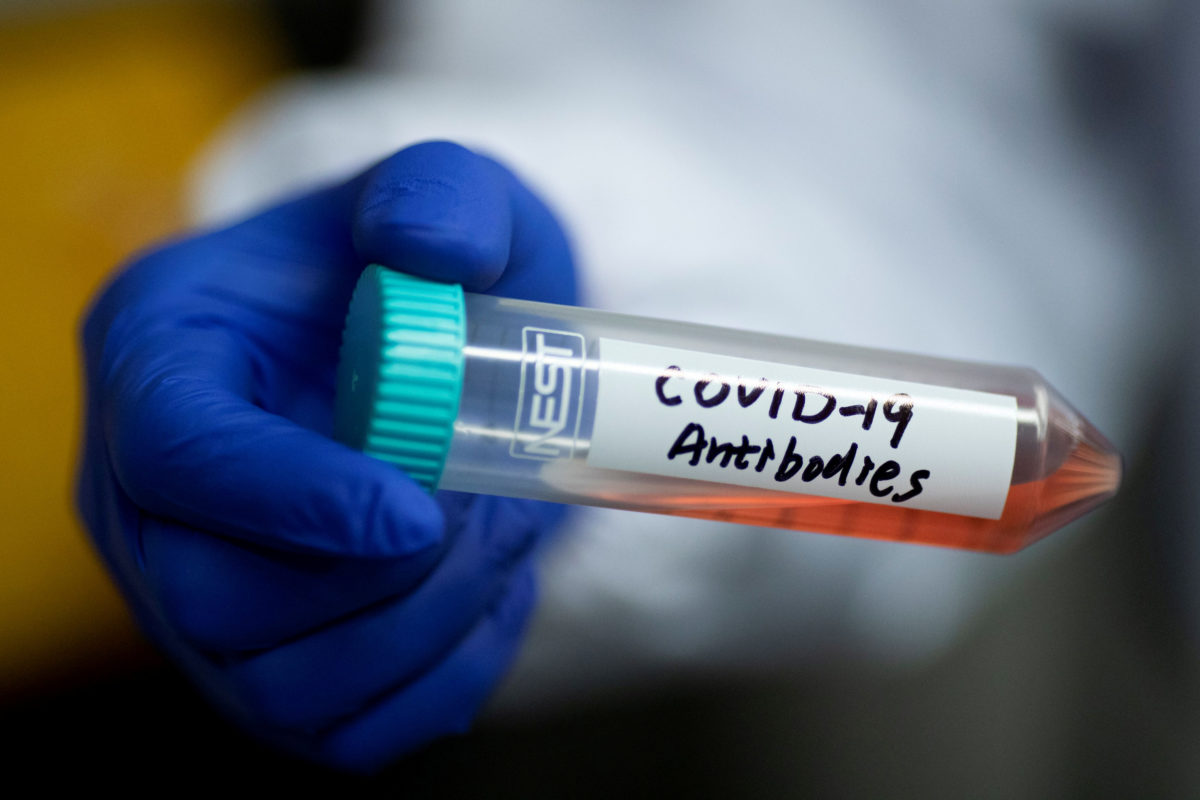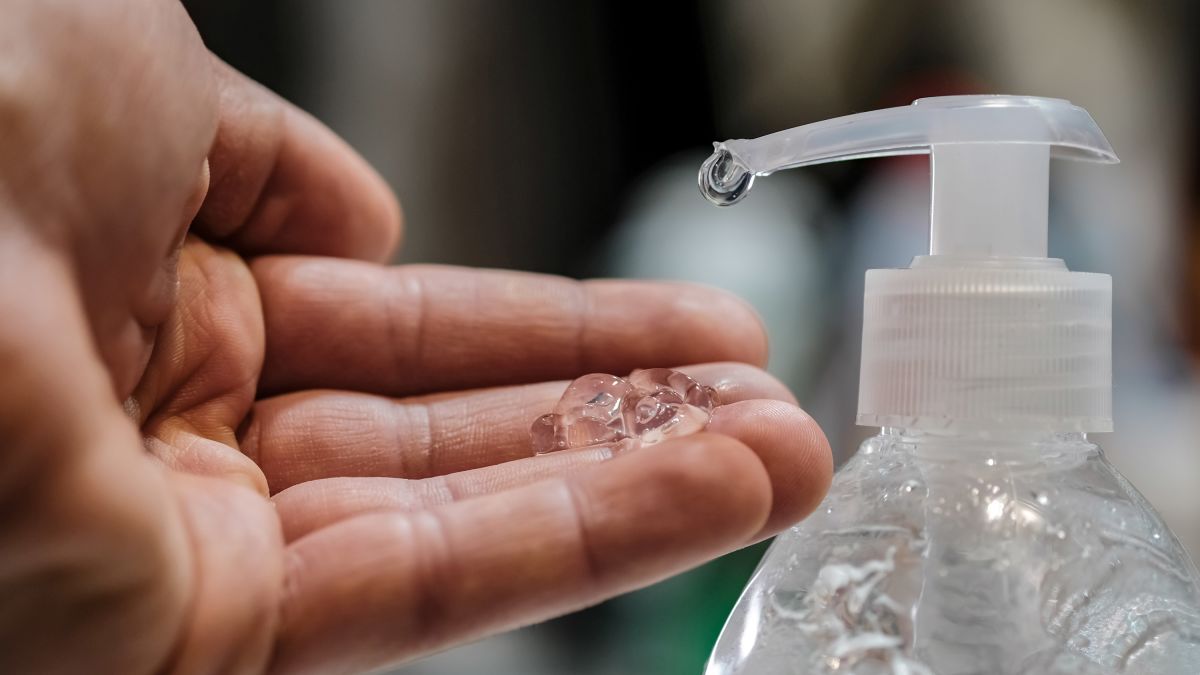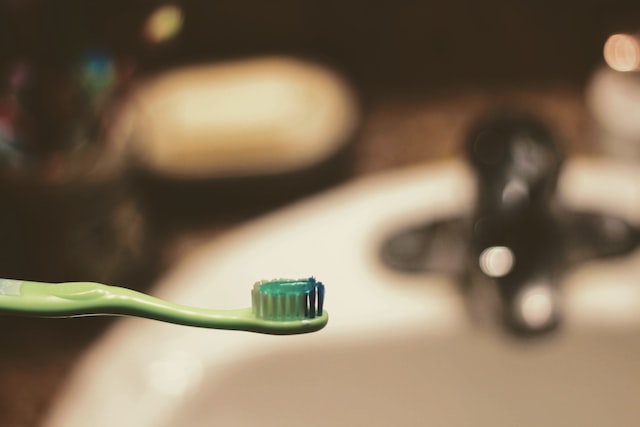In response to a pathogen attack, immune cells produce molecules called antibodies, which can linger in the blood and provide a record of infection. Isabel Rodríguez-Barraquer at the University of California, San Francisco, and her colleagues identified a potential source of bias in tests that detect the presence of antibodies against the new coronavirus. [1]
Growing evidence suggests that asymptomatic and mild SARS-CoV-2 infections, together comprising >95% of all infections, may be associated with lower antibody titers than severe infections. [2-6] In addition, antibody levels peak a few weeks after infection and decay gradually. Yet, positive controls used for determining the sensitivity of serological assays are usually limited to samples from hospitalised patients with severe disease, leading to what is commonly known as spectrum bias in estimating seroprevalence in the general population. [7-8]
Assay validation requires samples from individuals with known infection status in order to determine test performance characteristics (i.e., sensitivity and specificity). Due to potential cross-reactivity of antibody responses to seasonal coronaviruses, much of the focus of assay development has been on ensuring near perfect specificity, to minimize the risk of false positive results. This is particularly important during early stages of the epidemic, when the number of true positives is expected to be very low. However, if the purpose of deploying a serological assay is to quantify the proportion of the population that has been infected by SARS-CoV-2 (i.e., serosurveillance), adequate characterization of assay sensitivity to detect prior infection in the general population is important as well. [9]
Assays with imperfect sensitivity lead to underestimates of the true seroprevalence, but can be easily corrected for if the actual sensitivity of the assay in the sampled population is known. However, if test sensitivity has been determined from positive control sets skewed towards those with severe clinical outcomes (high antibody levels), the measured prevalence, even after correction, will still underestimate the true prevalence. The magnitude of the underestimate will depend on how biased the distribution of positive controls is relative to the population, and on how much assay sensitivity varies with disease severity. Similarly, corrected prevalence will only equal the true prevalence if decreases in sensitivity due to waning antibody responses over time can be accounted for. [1]
These results have important implications for assay development and for the interpretation of SARS-CoV-2 seroprevalence studies. First, they highlight the need to quantify the extent to which the sensitivity of the assays used in ongoing serosurveillance studies varies with disease severity and over time. Incorporating loss of sensitivity with increasing time since infection will gain importance as the pandemic progresses. More importantly, these results highlight the need for detailed studies characterizing kinetics of antibody responses to SARS-CoV-2 across the severity spectrum. If antibody responses are significantly lower in milder cases, or if there is significant waning in the months following infection, assays for seroprevalence studies should be optimized to detect these lower titers. Finally, these results caution against accepting aggregate sensitivities and specificities reported by assay manufacturers at face value. Ideally, sensitivities and specificities should be stratified by disease severity and time since infection, and the characteristics of the validation set should be reported at a minimum. [1]
The researchers say more detailed studies are needed to assess how well antibody tests detect previous infection in people who had mild disease.
These findings have not yet been peer reviewed.
References:
- Takahashi, S., Greenhouse, B., & Rodríguez-Barraquer, I. (2020, May 30). Are SARS-CoV-2 seroprevalence estimates biased?. https://doi.org/10.31219/osf.io/y3fxt
- Whitman JD, Hiatt J, Mowery CT, et al. Test performance evaluation of SARS-CoV-2 serological assays. Infectious Diseases (except HIV/AIDS). 2020; published online April 29. https://doi.org/10.1101/2020.04.25.20074856
- Okba NMA, Muller MA, Li W, et al. SARS-CoV-2 specific antibody responses in COVID-19 patients. Infectious Diseases (except HIV/AIDS). 2020; published online March 20. https://doi.org/10.1101/2020.03.18.20038059
- Wu F, Wang A, Liu M, et al. Neutralizing antibody responses to SARS-CoV-2 in a COVID-19 recovered patient cohort and their implications. Infectious Diseases (except HIV/AIDS). 2020; published online April 6. https://doi.org/10.1101/2020.03.30.20047365
- Ferguson NM, Laydon D, Nedjati-Gilani G, Imai N, Ainslie K, Baguelin M. Report 9: Impact of non-pharmaceutical interventions (NPIs) to reduce COVID-19 mortality and healthcare demand. https://doi.org/10.25561/77482
- Cervia C, Nilsson J, Zurbuchen Y, et al. Systemic and mucosal antibody secretion specific to SARS-CoV-2 during mild versus severe COVID-19. bioRxiv. 2020; https://doi.org/2020.05.21.108308
- Sethuraman N, Jeremiah SS, Ryo A. Interpreting Diagnostic Tests for SARS-CoV-2. JAMA 2020; published online May 6. https://doi.org/10.1001/jama.2020.8259
- Rosado J, Cockram C, Merkling S, et al. Serological signatures of SARS-CoV-2 infection: Implications for antibody-based diagnostics. 2020; published online May 11. https://hal-pasteur.archives-ouvertes.fr/pasteur-02569149/document
- Krammer F, Simon V. Serology assays to manage COVID-19. Science 2020; published online May 15. https://doi.org/10.1126/science.abc1227








